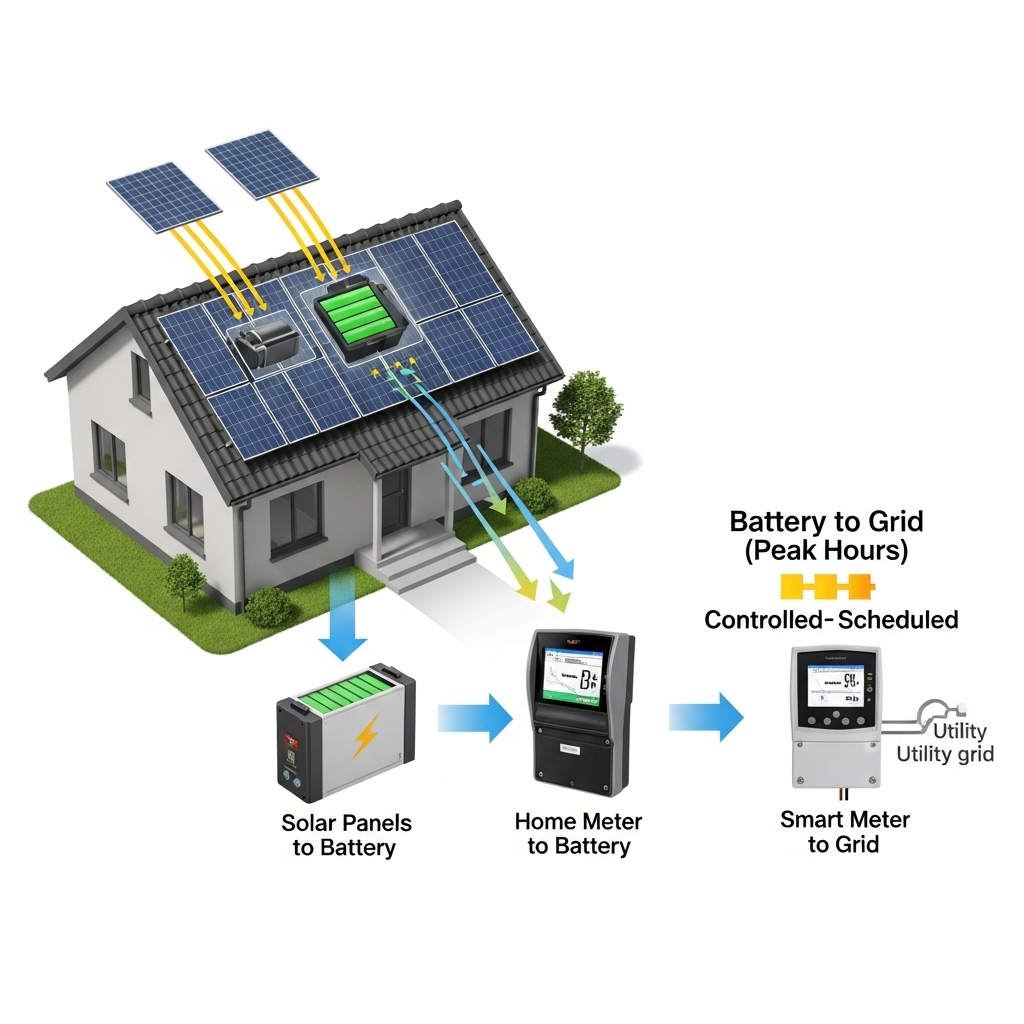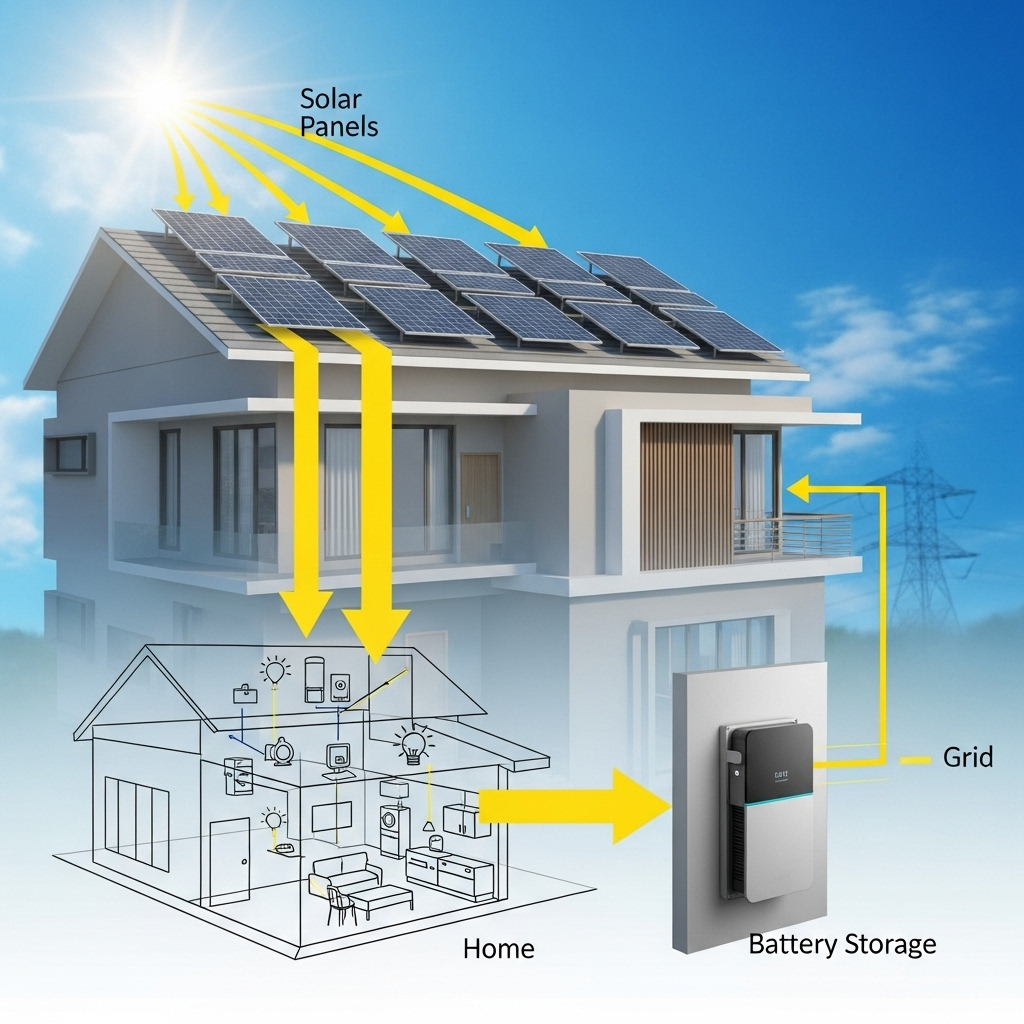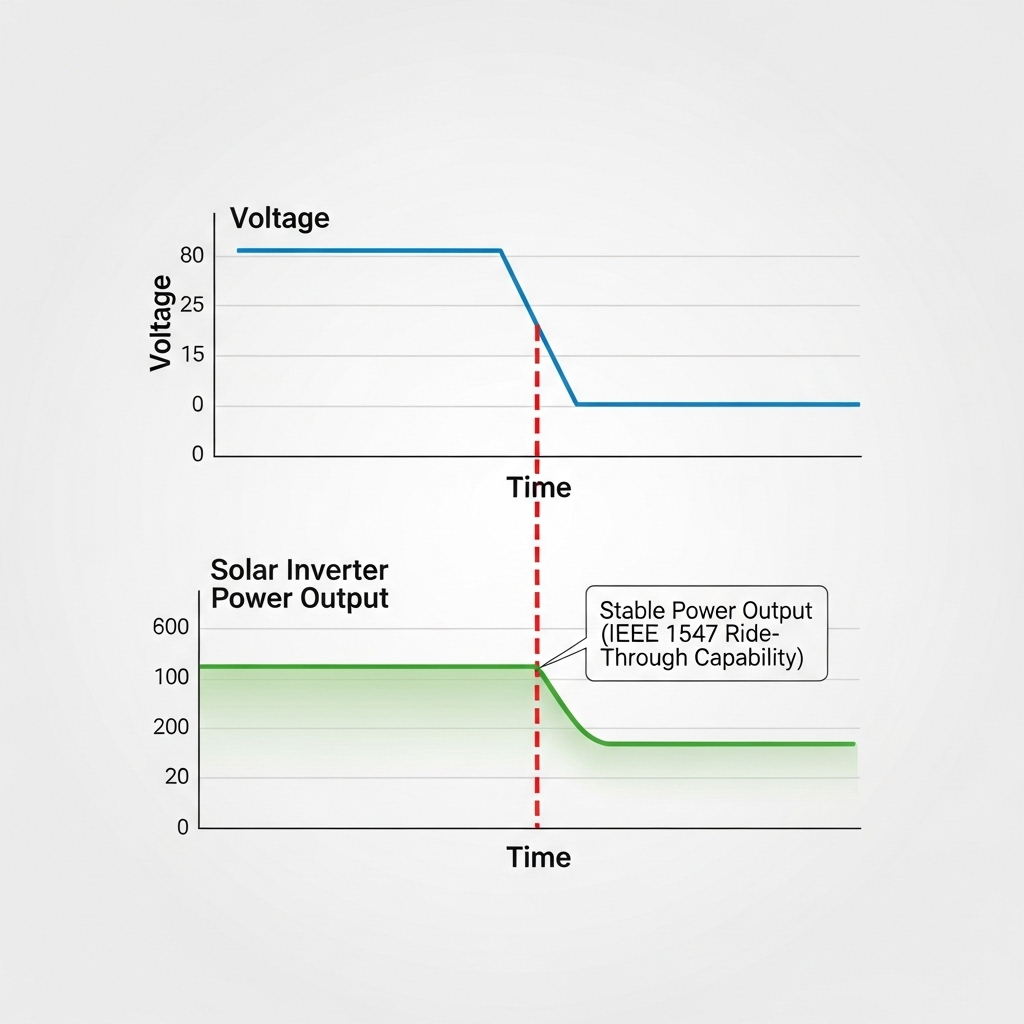Connecting a solar and battery storage system to the grid can sometimes feel like navigating a maze. The rules governing this process, known as interconnection standards, were often written before energy storage became a mainstream technology. This mismatch has created bottlenecks, delaying projects and increasing costs. Fortunately, a positive trend is emerging as states across the country begin to modernize these rules, making it easier, faster, and cheaper to connect your system.
These updates to state renewable energy regulations are not just minor tweaks; they represent a fundamental shift in how utilities view distributed generation. By acknowledging the unique capabilities of battery storage, regulators are paving the way for a more flexible and resilient power grid.
The Gridlock: Why Old Interconnection Rules Are Failing
The rapid growth of renewable energy is putting immense pressure on outdated grid infrastructure and regulatory frameworks. The existing processes were simply not designed for the volume or type of projects being submitted today, leading to significant delays and frustration for both developers and homeowners.
A Flood of New Projects Meets an Old System
Interest in renewable energy has skyrocketed. Policy incentives and falling technology prices have fueled a surge in solar and storage installations. A recent analysis from the International Energy Agency identified a massive queue of projects waiting for grid connection. According to the Renewables 2024 report, policy changes at the federal level in the United States, like the Inflation Reduction Act, are expected to accelerate this growth even further. This has led to project backlogs, with some systems waiting years for approval.
The High Cost of Outdated Regulations
Many current interconnection rules treat an energy storage system like a traditional power generator, failing to account for its flexibility. A battery can absorb excess solar power, control when it sends power to the grid, and even provide stability services. Old rules often require utilities to study the 'worst-case scenario'—such as the system exporting its maximum power during a time when the grid is already stressed. This frequently triggers requirements for expensive and time-consuming grid upgrade studies, even if the system is programmed never to operate in that way. These unnecessary hurdles add significant costs and uncertainty to distributed generation interconnection.
The Blueprint for Modern Grid Connection Rules
To solve the gridlock, regulators and utilities are collaborating on a new set of best practices. These reforms focus on using accurate information and acknowledging the technical capabilities of modern energy storage systems. The goal is to streamline the approval process without compromising grid safety or reliability.
Speaking the Same Language: Defining Storage in Regulations
A foundational step is updating the language within the rules themselves. As highlighted in a U.S. Department of Energy initiative, many state regulations lack clear terminology to describe energy storage projects and their various functions. The BATRIES toolkit provides guidance for regulators on how to properly define terms for solar-plus-storage systems. This simple change provides greater clarity for developers and utilities, creating a more predictable and standardized process.
The Game-Changer: Schedule-Based Interconnection
Perhaps the most impactful reform is the adoption of schedule-based operating limits. Instead of assuming a battery will export power at any time, this approach allows the system owner to formally declare an operating schedule. For example, a system can be programmed to only export power to the grid during evening peak hours and never during midday when solar generation is already high. California recently became the first state to adopt these rules, allowing interconnection studies to be based on this specified schedule. This dramatically reduces the likelihood of triggering costly grid upgrade studies, as the review is based on how the system will actually operate.
Prioritizing Viable Projects: The 'First-Ready, First-Served' Approach
Another major shift is moving away from a simple 'first-come, first-served' queue. The Federal Energy Regulatory Commission (FERC) issued a new rule in 2023 to reform the connection process. This promotes a 'first-ready, first-served' model, which prioritizes projects that have met key milestones (like securing land rights and financing) over speculative projects that may never be built. This helps clear the queue and allows serious projects to move forward more quickly.
What Updated Rules Mean for Your Solar and Storage Project
These regulatory updates have direct, practical benefits. They translate into tangible savings in both time and money, while also enabling your system to function more effectively. Understanding these changes can help you plan your project with greater confidence.
Faster Approvals and Lower Costs
The primary benefit of modern storage interconnection rules is a streamlined path to getting your system online. By using realistic operating schedules for evaluation, many projects can pass through simplified review processes. This avoids the need for detailed impact studies, which can take months and cost thousands of dollars. The result is a faster, more affordable grid connection update for your property.
| Aspect | Traditional Rules | Modernized Rules |
|---|---|---|
| Assessment Basis | Worst-case scenario (maximum export at any time) | Agreed-upon operating schedule |
| Project Timeline | Often long delays for detailed studies | Faster approvals through simplified screening |
| System Upgrade Costs | Higher likelihood of triggering expensive grid upgrades | Reduced need for upgrades, lowering project cost |
| System Flexibility | Not recognized; treated as a simple generator | Acknowledged and used to inform the review |
Maximizing Your System's Value
Updated rules also unlock the full potential of your investment. When a utility trusts your system's operating schedule, you can use your battery to its full advantage. You can maximize self-consumption of your solar energy, protect yourself from outages, and potentially participate in programs that pay you for sending power to the grid when it's needed most. To fully leverage these capabilities, it's crucial to understand your system's capabilities. A comprehensive overview of key metrics, like those found in the ultimate reference for solar and storage performance, can help you configure your system to align with favorable net metering policy changes and interconnection agreements.
The Road Ahead: A National Shift in Motion
While progress can feel slow, the direction is clear. The success of early adopters is creating a powerful blueprint for other states to follow, signaling a nationwide move toward smarter grid connection policies.
States Leading the Charge
California's adoption of schedule-based interconnection is a landmark decision, but it's not alone. States like Michigan, New Mexico, and Vermont have also taken significant steps to integrate best practices from the BATRIES toolkit into their own regulations. This growing coalition of forward-thinking states demonstrates that these solutions are replicable and effective, creating momentum for broader adoption.
Preparing for Future Changes
As this trend continues, it is wise to stay informed about the regulations in your specific area. Your state's Public Utilities Commission (PUC) or Public Service Commission (PSC) is the primary body responsible for these rules. Their websites are often the best source for information on current interconnection standards and proposed changes. Engaging with your solar installer can also provide valuable insights, as they work with these regulations daily.
Final Thoughts on a Smarter Grid
Modernizing storage interconnection rules is more than a bureaucratic exercise; it's a critical step toward building a 21st-century energy system. These updates remove significant barriers to deploying clean energy, making solar and storage more accessible and affordable. By embracing the flexibility of battery technology, states are empowering homeowners and businesses to become active participants in creating a more reliable, cost-effective, and sustainable grid for everyone.
Disclaimer: This information is for educational purposes only and does not constitute legal or financial advice. Please consult with a qualified professional and your local utility for guidance specific to your project.
Frequently Asked Questions
What are storage interconnection rules?
Storage interconnection rules are the technical and procedural requirements set by a utility or state regulator for safely connecting an energy storage system, like a home battery, to the public power grid. These rules govern everything from the equipment used to the process for gaining approval to operate.
Why are old interconnection rules a problem for battery storage?
Most old rules were designed for power sources that only generate electricity, not for batteries that can both charge (draw power) and discharge (send power). They often force a 'worst-case' analysis that assumes the battery will export maximum power at the most inconvenient time for the grid. This can trigger false alarms, leading to unnecessary, costly, and time-consuming grid impact studies and upgrades.
What is schedule-based interconnection?
Schedule-based interconnection is a modern approach where the system owner provides a defined operating schedule for their battery. For example, they can commit that the battery will only export power to the grid between 5 p.m. and 9 p.m. The utility then uses this realistic schedule, instead of a hypothetical worst-case scenario, as the basis for its technical review. This often allows projects to connect more quickly and without expensive upgrades.
How can I find information on my state's renewable energy regulations?
The best place to start is the website for your state's Public Utilities Commission (PUC) or Public Service Commission (PSC). You can also check with your local utility, which typically has a dedicated section on its website for interconnection. A qualified local solar and storage installer will also be an excellent resource for navigating local rules.





Leave a comment
All comments are moderated before being published.
This site is protected by hCaptcha and the hCaptcha Privacy Policy and Terms of Service apply.